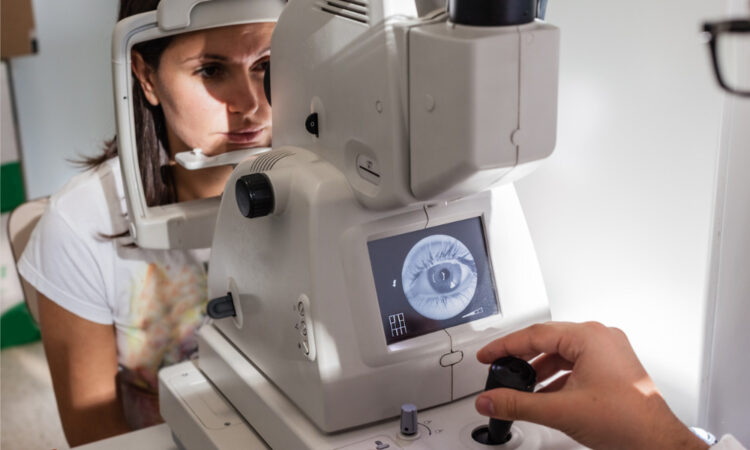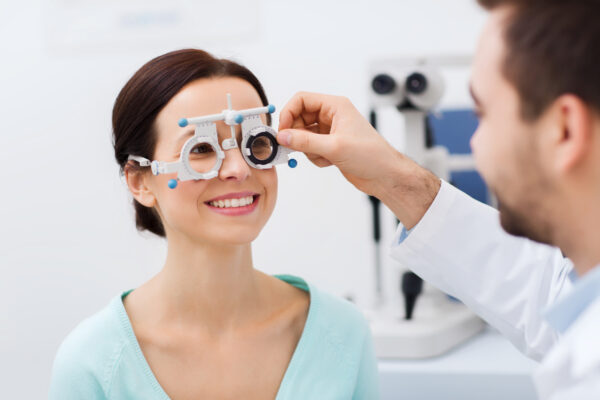
Screen time is a part of daily life. It’s easy to spend hours in front of a screen without thinking. But our eyes feel the strain. Optometrists emphasize the importance of managing screen time for eye health. Blurry vision, dry eyes, and headaches often result from too much screen exposure. The link between screen time and eye strain is strong. It’s important to know how to care for your eyes. This knowledge is crucial, even for those considering procedures like long beach refractive cataract surgery. Understanding how screens affect eye health can make a big difference.
The Effects of Screen Time on Eyes
Staring at screens affects the eyes in several ways. The blue light emitted by screens can disrupt sleep patterns and cause digital eye strain. Eyes can become dry and irritated because blinking decreases when looking at screens. Over time, this can lead to more serious conditions. Optometrists often see patients with symptoms like these and advise them on preventive measures.
Ways to Protect Your Eyes
There are practical steps to reduce the negative effects of screen time. Optometrists recommend the following strategies:
- Follow the 20-20-20 rule: Every 20 minutes, look at something 20 feet away for 20 seconds.
- Adjust your screen settings: Lower brightness and increase text size for comfort.
- Position your screen correctly: Keep screens at eye level and about arm’s length away.
These simple steps help to maintain eye comfort and reduce strain, according to the Centers for Disease Control and Prevention.

Comparing Screen Types and Their Impact
Different screens can have different impacts on eye health. Understanding these differences can help in making informed choices about device use. Here is a comparison of common screen types:
| Screen Type | Blue Light Emission | Recommended Usage Time |
| Smartphone | High | Less than 2 hours per day |
| Computer | Moderate | Take breaks every 20 minutes |
| Television | Low | Watch from a distance |
This table provides a quick look at how different screens affect our eyes. By managing exposure, one can reduce the risk of eye strain.
Long-Term Considerations
While taking short-term steps to reduce eye strain is important, considering long-term eye health is crucial too. Regular eye exams play a key role in maintaining eye health. Optometrists can detect early signs of eye problems and guide corrections or lifestyle changes.
Furthermore, being mindful of screen time can prevent more serious issues as we age. With increased screen use in both work and leisure, understanding these impacts is more important than ever. The American Academy of Ophthalmology provides additional insights into long-term eye health and screen use.
Conclusion
Screen time is unavoidable in today’s digital world. However, being mindful of how it affects our eyes can prevent discomfort and potential eye damage. By following simple strategies and keeping informed, we can protect our vision. Optometrists are valuable resources in this journey to better eye health. Let’s take steps today to ensure our eyes are healthy for years to come.




